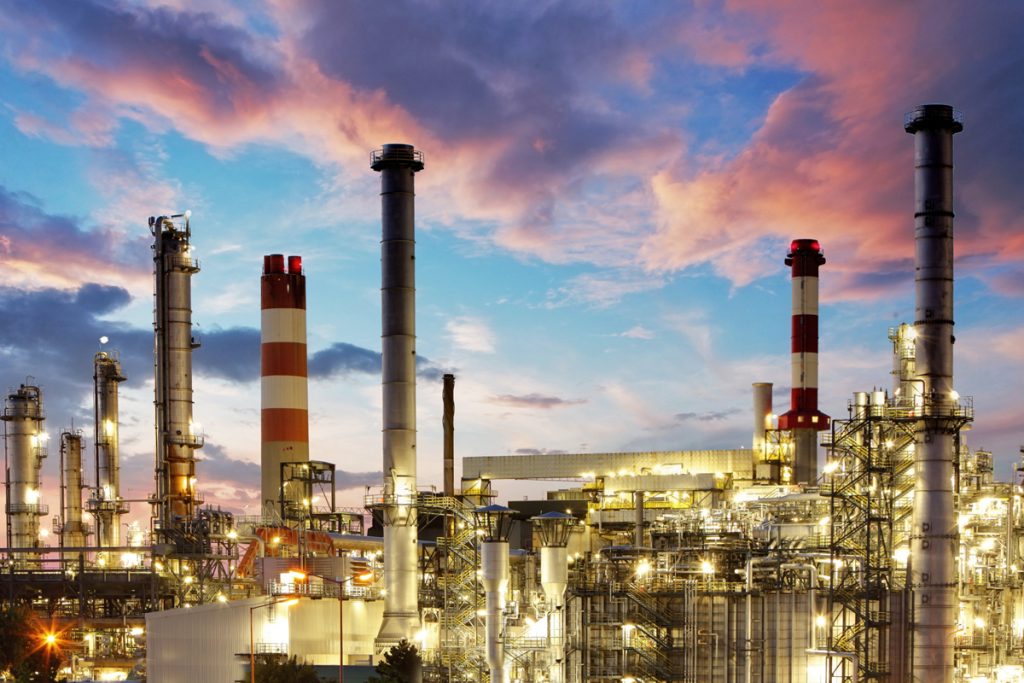
Investing in a PAGA (Public Address/General Alarm) system is not just about compliance or risk management—it also supports operational efficiency. Clear site-wide announcements can streamline shift handovers, coordinate logistics, and reduce downtime. In industries where delays cost thousands of dollars per hour, communication is more than a safety measure; it is a competitive advantage.
More importantly, companies that prioritize safety earn trust from both their employees and the communities around them. A well-designed PAGA system demonstrates a commitment to protecting workers, contractors, and visitors.
So, what types of companies need to install a PAGA system?
Characteristics of Companies That Benefit from PAGA Systems
Outside of specific industries, certain workplace conditions make a PAGA system especially important:
- High-risk environments – operations that involve fire hazards, gas, chemicals, or heavy machinery where emergencies can escalate quickly.
- Large or complex sites – facilities spread across vast areas where two-way radios or hand-held communication tools may not be enough to reach everyone.
- Noisy operations – plants, mills, or mining sites where background noise makes ordinary announcements nearly impossible to hear.
- Regulated facilities – businesses that must follow strict safety or compliance standards requiring site-wide alarm and notification systems.
When a company fits more than one of these situations, a PAGA system stops being just a “nice to have”. It becomes a core part of protecting people and maintaining secure operations.
Industries That Commonly Use PAGA Systems
Most large facilities benefit from having clear ways to communicate with everyone on site. However, in some industries, a PAGA system isn’t optional—it’s essential for ensuring safety and maintaining day-to-day operations.
Oil and Gas
Refineries, petrochemical plants, and offshore drilling platforms operate in some of the most hazardous conditions imaginable. With the risk of flammable gases, high-pressure systems, and complex machinery, any delay in communication can be dangerous. A PAGA system lets supervisors broadcast warnings about leaks, fires, or other emergencies so crews can respond quickly. On offshore platforms, these systems are even more critical since evacuations by helicopter or vessel require careful coordination.
Chemical Manufacturing
Chemical manufacturing facilities handle processes that can become volatile in an instant. Whether it’s a leak, an unexpected reaction, or equipment failure, clear communication is the first line of defense. A PAGA system ensures that instructions reach everyone on site—operators, technicians, and contractors—without delay, keeping responses consistent and organized.
Mining
Mining environments present a unique set of communication challenges that differ from those in most other industries. A PAGA system provides a precise and reliable way to broadcast alerts across the entire operation. When combined with strobe lights or other visual indicators, the message gets through even in the most challenging conditions. This is especially important during events such as blasting, potential gas buildup, or the threat of a collapse, when every second matters.
Power Generation Plants
Power plants—whether coal, nuclear, hydroelectric, or renewable—house critical infrastructure that must remain secure and controlled. Emergencies such as electrical faults, fires, or mechanical failures require rapid notification. A PAGA system enables operators to broadcast clear, site-wide instructions to keep personnel safe and restore stability.
Large Manufacturing Facilities
Manufacturing sites may not always handle hazardous materials, but they often involve heavy equipment, moving machinery, and loud environments where ordinary communication fails. A PAGA system enables management to alert staff to safety incidents quickly, initiate evacuations, or broadcast daily operational messages without relying solely on radios.
Maritime Operations
Ports, terminals, and large vessels such as cargo ships and cruise liners also depend on PAGA systems. When hundreds or even thousands of people must respond to an emergency, only a robust alarm and announcement system ensures that instructions are followed efficiently.
Integration with Other Safety Systems
Modern PAGA systems are not standalone. They can integrate with:
- Fire and gas detection systems – They would automatically trigger alarms.
- Access control systems – They can lock down or restrict movement during incidents.
- Two-way radio networks – They ensure supervisors can communicate directly with emergency response teams through a wireless device.
- CCTV and monitoring solutions – They can integrate with CCTV to provide situational awareness alongside any announcements.
This integration transforms a PAGA system into a central hub for safety and operational control, thereby reducing the likelihood of human error during a crisis.
Let Yourself Be Heard with Tridon Communications
In industries where safety and efficiency are always at risk, having a dependable way to reach every worker quickly is crucial. That’s why it pays to work with a partner who knows the demands of high-risk, high-noise environments. At Tridon Communications, we’ve helped organizations in oil and gas, mining, utilities, and manufacturing implement PAGA systems designed to cut through challenging conditions and deliver clear instructions when it matters most.
Whether your facility requires a system upgrade, expansion, or a new installation, our team brings nearly 45 years of experience, along with a proven track record across Western Canada. We take the time to understand your operations and provide solutions that strengthen both safety and productivity.
If you’re looking for expert support in planning, installing, or maintaining a PAGA system, contact Tridon Communications today and let us help keep your workforce connected and protected.
TRUST TRIDON TODAY!
